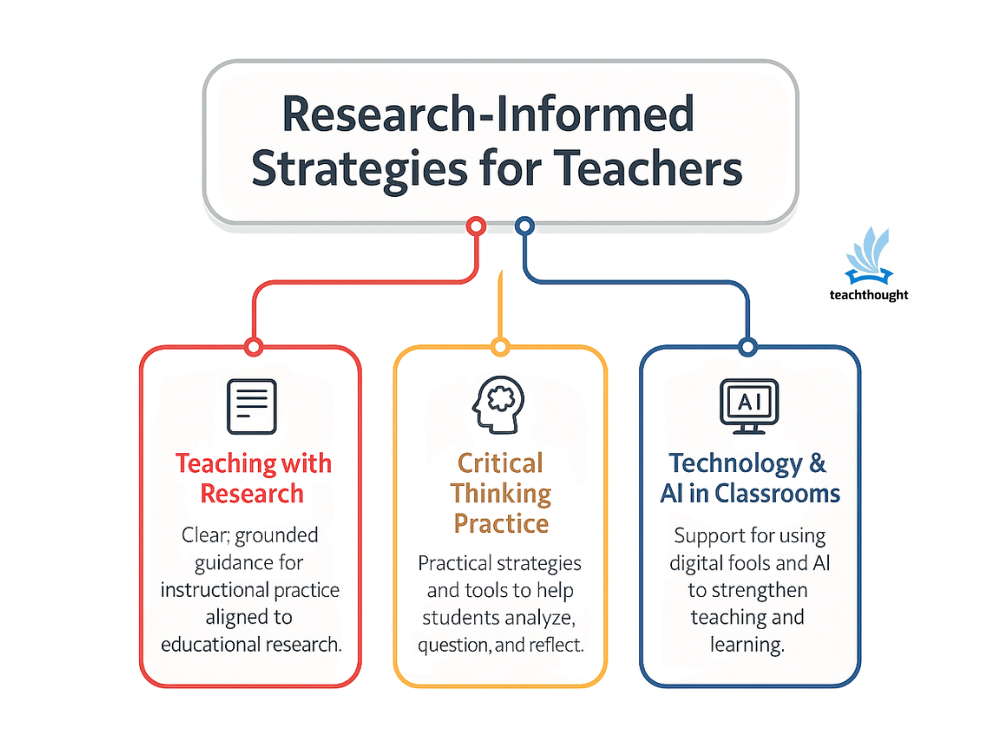A List Of Arguments Against AP Courses In Modern Curriculum
contributed by Jane Healey, Ph.D.
More and more high schools across the country are dropping Advance Placement Courses, replacing the traditional curriculum with innovative programs that prepare students for college in a more contemporary environment.
While the “AP” designation has long been a widely accepted symbol of a “rigorous academic program,” current circumstances and curriculum concerns cast the decades-old testing program in a less favorable light. The arguments are varied, but some concerns are common across the board.
1. Stress Load
In schools with a wide variety of AP Courses–37 exist–students often load up and take 4 or 5 a semester.
Tackling AP Chemistry, AP US History, AP Literature, AP Calculus and AP Spanish Literature and Culture at the same time ensures late nights, tired eyes, and few free periods to recharge. Sprinkle in the extracurricular activities, and many students juggle more responsibilities than they will in college. This intense expenditure of energy may deplete students to the point of physical or emotional breakdown. Health professionals are calling for a relief from the inordinate amount of stress children today struggle with.
2. Teaching to the Test
Most private schools, and even some public ones, prefer the freedom of creating curriculum specific to their student body and location.
If they want students to succeed on the AP exam, teachers of AP courses need to cover all of the material on the test and offer test prep class sessions. These requirements leave little room for a teacher to shape classes that address local circumstances or topics that interest their students. With facts and data readily available at a student’s fingertips, most educators today prefer to teach and practice skills necessary for effectively dealing with the plethora of knowledge–as opposed to covering knowledge.
Skills and local interest equal more engaged–and authentic–learning.
3. “A Mile Wide and an Inch Deep”
The depth versus breadth debate currently favors depth.
With contemporary pundits banging the drums of “critical thinking” and “creativity,” most teachers want to slow down and dig into a topic so students can have a more personal interaction with material. For example, a history teacher may choose the War of 1812 as a case study about the struggles of a young United States. The teacher will assemble primary documents like military reports, personal journals, Congressional records, newspaper accounts and maps.
Analyzing these documents first-hand and creating a compelling project involving point of view or debate might teach students more about the event and themes in US History than memorizing Macon’s Bill No. 2 and Henry Clay’s War Hawks.
4. Who Graduates College Early?
When AP courses and exams were created in 1955, the goal was to gain college credit so that students could graduate earlier than the standard four years.
That practice has completely changed; most colleges and families expect undergraduates to stay for four–or more–years on campus. In addition, an exemption from a core, first-year course may mean missing out on common, foundational experience other freshmen share. Estimates suggest that fewer than 5% of undergraduates finish their undergraduate education in less than four years, so gaining more college credit than students need seems like a waste of time and money.
5. Too Common?
With almost 40% of all high school students enrolled in AP courses, the unique status of the label on a student’s transcript is lost.
Previously, only a few high-achieving students took these special classes and tests, so the course title indicated that they were the elite of elite. Now colleges see the acronym on most applicants’ transcripts, meaning those students are completing requirements most students complete. Instead of being special, these students seem average. High schools without APs have the resources–time, faculty, etc.–to develop signature programs that set their students apart from other college applicants.
6. Follow the Money
In the end, savvy educational professionals question the benefits of the AP system in financial terms.
Standardized testing is big business and expensive. Families must pay high fees, amounting to as much as $500. Plus, academic institutions serve as middlemen without earning a cut of the business. While the College Board claims is and has always been a not nonprofit, its revenue tops $700 million, and test prep companies like Kaplan, Princeton Review, Sylvan and others earn a significant profit off students’ desire to further their education. The American ideal of equal opportunity to higher education drives profits up for corporations.
Dr. Healey is Director of Research and Writing at the University Liggett School in Michigan; image attribution flickr user tulanepublicrelations
